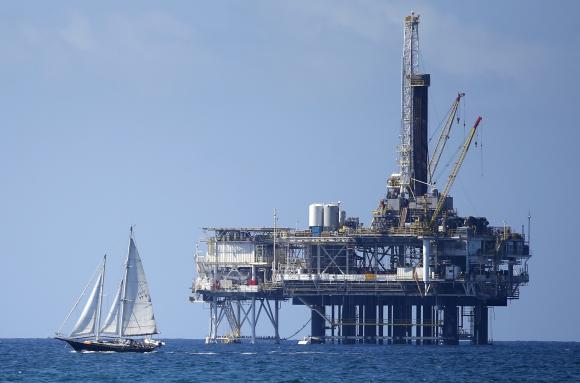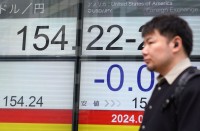
(Reuters) – Brent crude fell on Monday, dropping below $86 a barrel as worries about booming supply and sluggish demand pushed the global oil benchmark back toward last week’s four-year low. U.S. crude hovered below $83 a barrel.
Brent tumbled more than a dollar in early U.S. trade, but bounced off session lows as global equities markets gained.
Oil prices are down more than 25 percent since June on concern about a saturated global oil market and a gloomy economic outlook from Europe to China. Last week, Brent slid below $83, its lowest since 2010.
Energy economists have slashed forecasts of world oil demand growth for next year.
It was also not clear whether the Organization of the Petroleum Exporting Countries will decide to cut output to support prices when OPEC members meet on Nov. 27.
Saudi Arabia, Kuwait and Iran have all indicated reluctance to change supply policy, while Venezuela has requested an extraordinary meeting ahead of the Nov. 27 gathering to discuss how to arrest the price plunge.
Brent fell as low as $84.41, and was down 69 cents at $85.47 a barrel by 1945 GMT. The global benchmark had rallied 2 percent on Friday, its biggest gain in over a month.
U.S. crude settled down 4 cents at $82.71 a barrel.
The spread between Brent and U.S. crude closed at $3.39 a barrel.
“Brent was probably just a reversal of Friday. There’s substantial downward pressure because of the uncertainty over what’s going to happen at the OPEC meeting,” said James Williams, energy economist at WTRG Economics.
“The Saudis seem willing to tolerate prices around $80 so I would not be surprised if it continues to go lower.”
Brent losses were limited ahead of Chinese third-quarter gross domestic product data due to be released overnight, with many market participants keen to see the data before taking positions. Growth was expected to be at a five-year low of 7.3 percent.
“There’s still a sense that right now things are not really great in the global economy and there are no signs that oil producers are looking to cut back on production any time soon,” said Phil Flynn, analyst at Price Futures Group in Chicago.
Output has been halted temporarily for environmental reasons at the Saudi-Kuwait Khafji oilfield, which has output of 280,000 to 300,000 barrels per day (bpd).
But the move is unlikely to affect oil supplies from Saudi Arabia, the world’s top exporter, which says it has the ability to produce as much as 12.5 million bpd. Saudi Arabia pumped 9.7 million bpd in September.
Investors kept a wary eye on any disruption to oil supply from geopolitical developments.
The United States air-dropped arms for the first time to Kurdish fighters defending the Syrian border town of Kobani against Islamic State.
Traders were also concerned about uncertainty over who is in charge of oil reserves in Libya, where two competing governments are vying for control.







